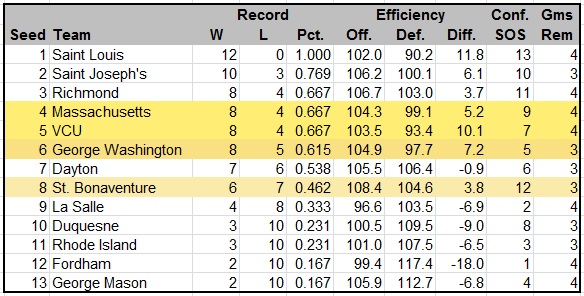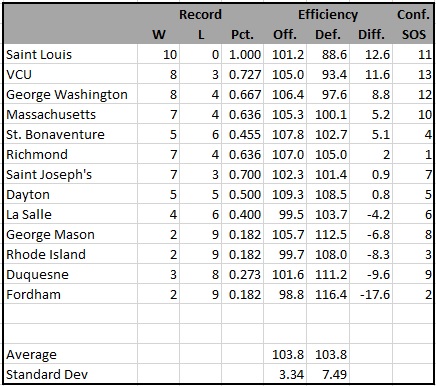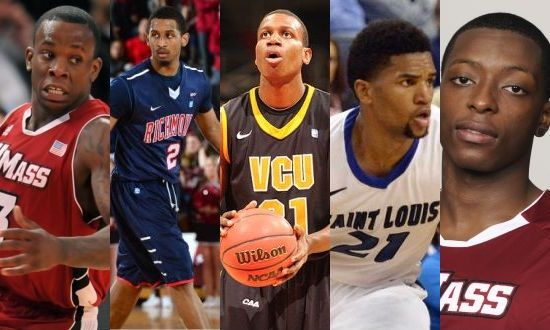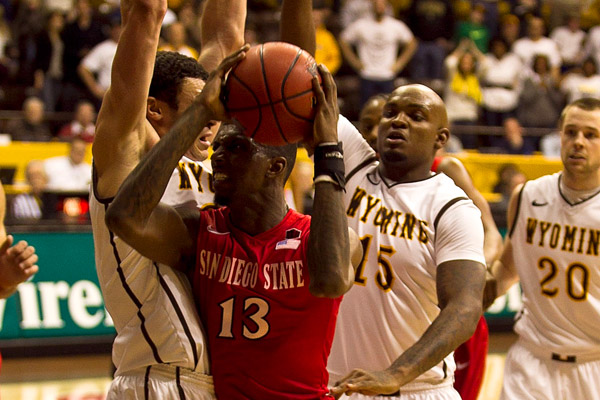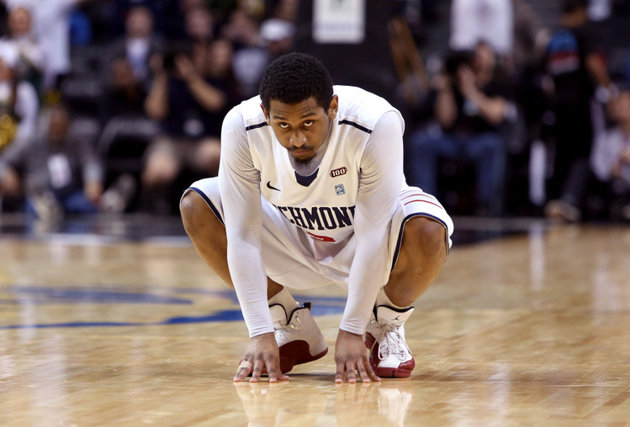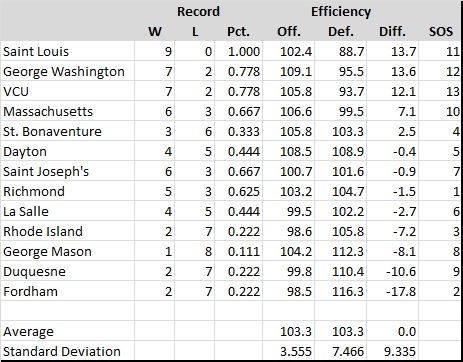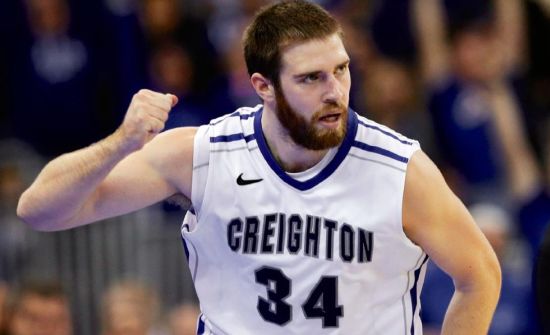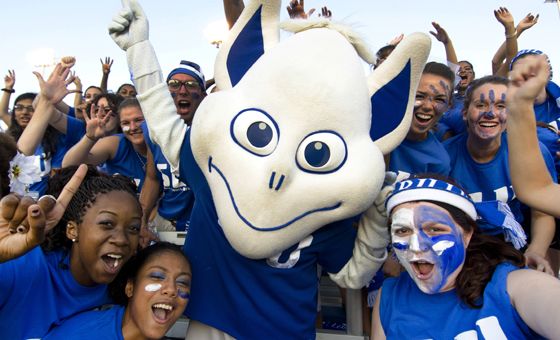Posted by Tommy Lemoine on February 12th, 2014
Each week the O26 microsite will run down the biggest upcoming game of the week as well as a handful of others to keep an eye on.
Virginia Commonwealth (19-5) at Saint Louis (22-2) – 2:00 PM ET, ESPN2, Saturday
This game punctuates what could be a decisive week in the Atlantic 10. If VCU can take down George Washington on Wednesday night, it will claim sole possession of second place and remain just two games back of Saint Louis heading into Saturday. A victory would pull Shaka Smart’s club within a game of the top spot, setting the stage for a crucial rematch on March 1st; a loss would give the Billikens an overwhelming advantage over the rest of the league, nearly guaranteeing a second-straight regular season title. And conference implications aside, this game offers each team—both stingy-defensive units with second-weekend potential—the opportunity to notch a resume-bolstering victory just one month out from Selection Sunday. A lot will be at stake in Chaifetz Arena.
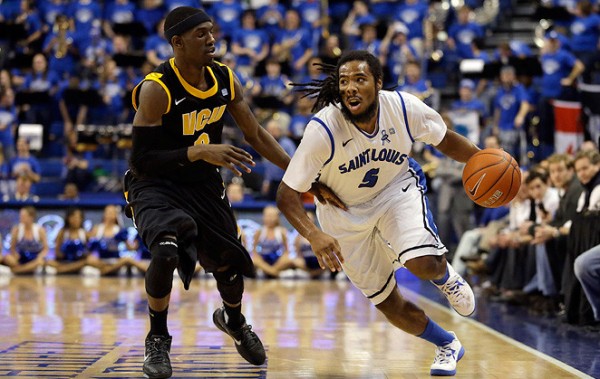
VCU travels to Saint Louis for an enormous Atlantic 10 tilt. (Jeff Roberson/AP)
If last year was any indication, Saint Louis should have no problem handling VCU and its HAVOC defense, which is predicated on forcing turnovers and scoring points in transition. In their only regular season meeting of 2013, the Billikens—who run a slow-paced, ball-control offense—broke the Rams’ press time after time down the floor, committing just eight turnovers and getting countless easy looks under the basket. In turn, VCU was unable to get anything in the way of transition buckets—a huge problem against a dominant half-court defense adept at taking away the three point shot, the Rams’ next-best scoring method. Saint Louis coasted to a 14-point home victory in that one and validated it a month later in the A-10 Championship game, again staving off VCU’s pressure on its way to claiming the league’s postseason crown.
So, then, what hope could the Rams possibly have this year, on the road against virtually the same team? Well, for starters, the Billikens have been skating on the thin ice in recent weeks. Three of their last five games have been one possession contests in the final minute of regulation, including an overtime home victory over then-winless George Mason. They won all three—part of a current 16-game winning streak—but showed slight vulnerabilities on defense and at times struggled to score. If Saint Louis continues playing with fire, odds say it will eventually get burned. Plus, this season’s Billikens aren’t quite the offensive team they were a year ago (scoring at a modestly lower rate), and VCU is even better on defense. Anytime a middle-of-the-pack offense meets an elite defense, the former is probably going to have trouble at various points in the game. Of course, the same can be said for VCU’s offense and Saint Louis’ defense, but the point remains: the Rams certainly have a chance. And if they do manage to pull one out on the road, the A-10 will become a whole lot more interesting.
Read the rest of this entry »
| microsites, other 26
| Tagged: atlantic 10, boise state, Brad Waldow, byu, cleveland state, eric mika, espn, feature, george washington, green bay, harvard, horizon league, mac, mountain west, new mexico, ohio, saint louis, saint mary\'s, sam houston state, southland conference, stephen f austin, toledo rockets, vcu, wcc, yale
Share this story





























